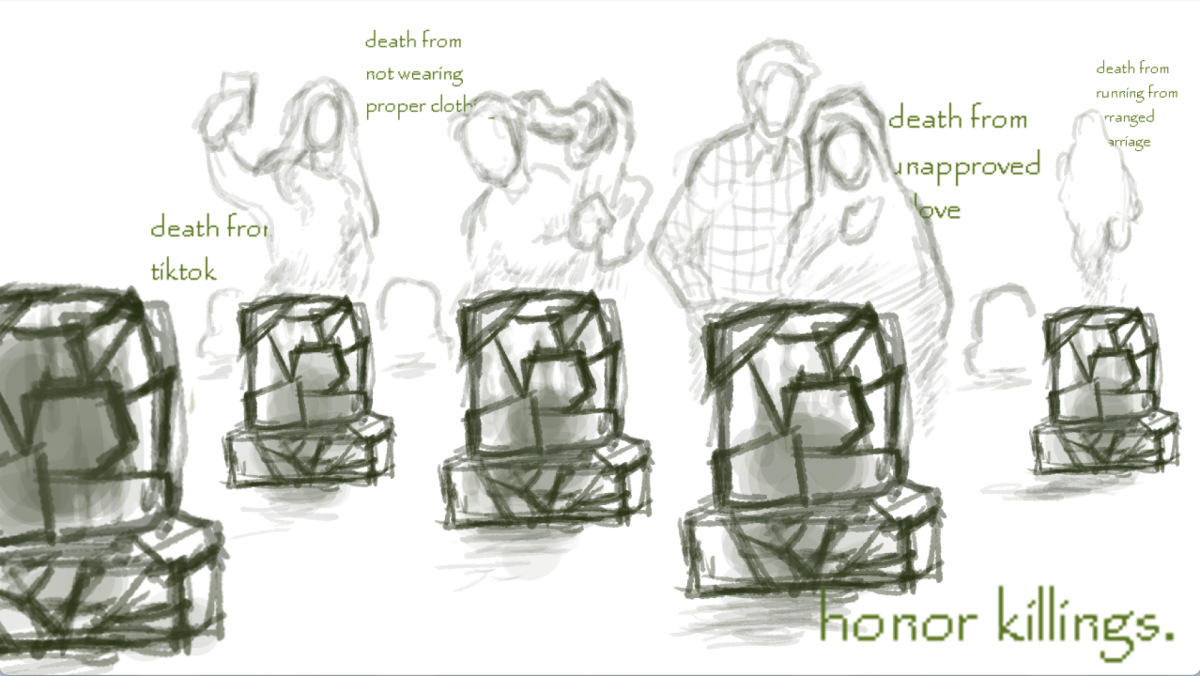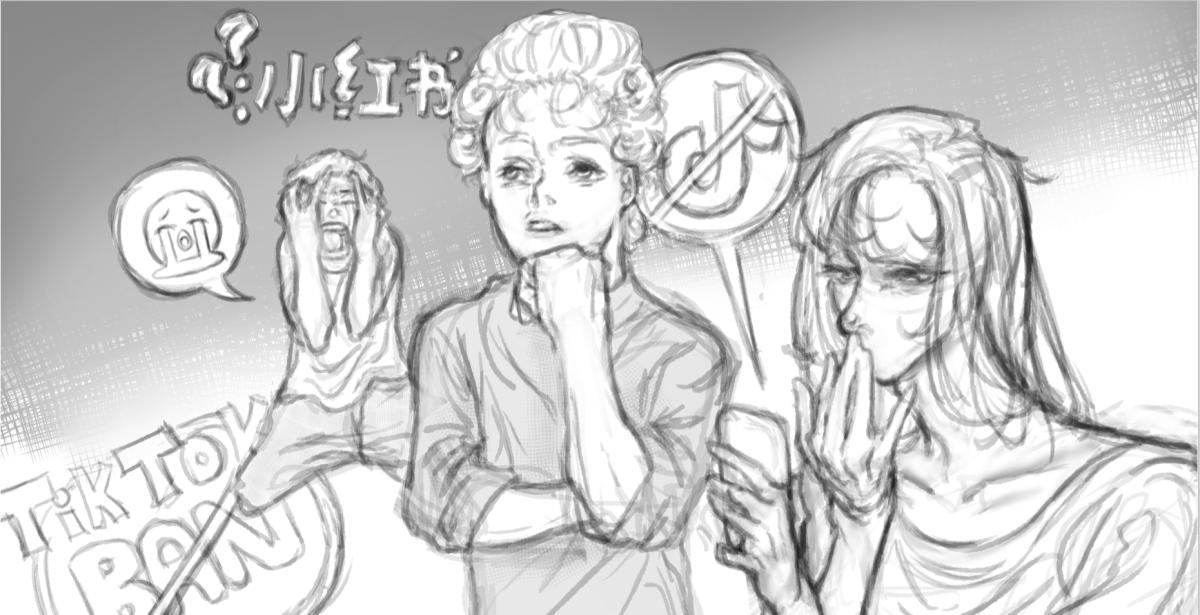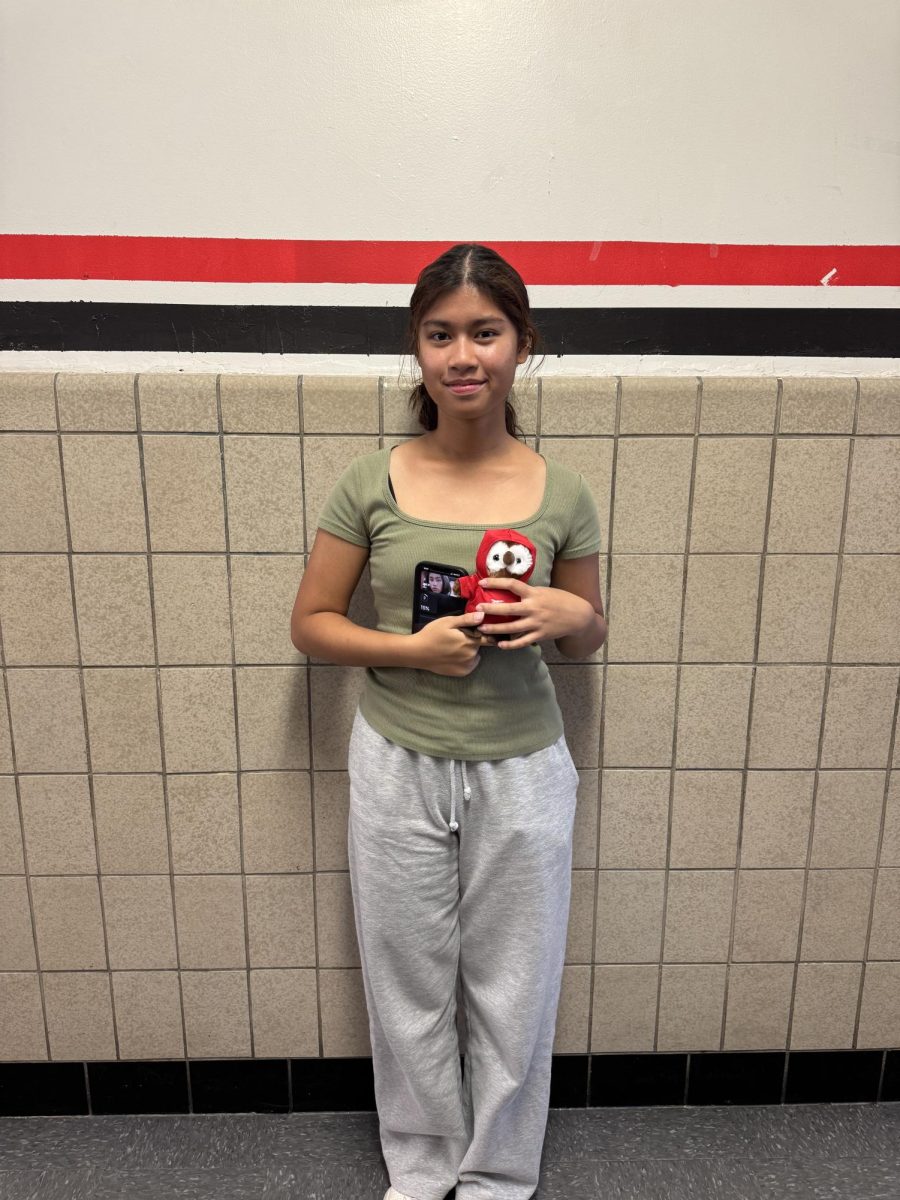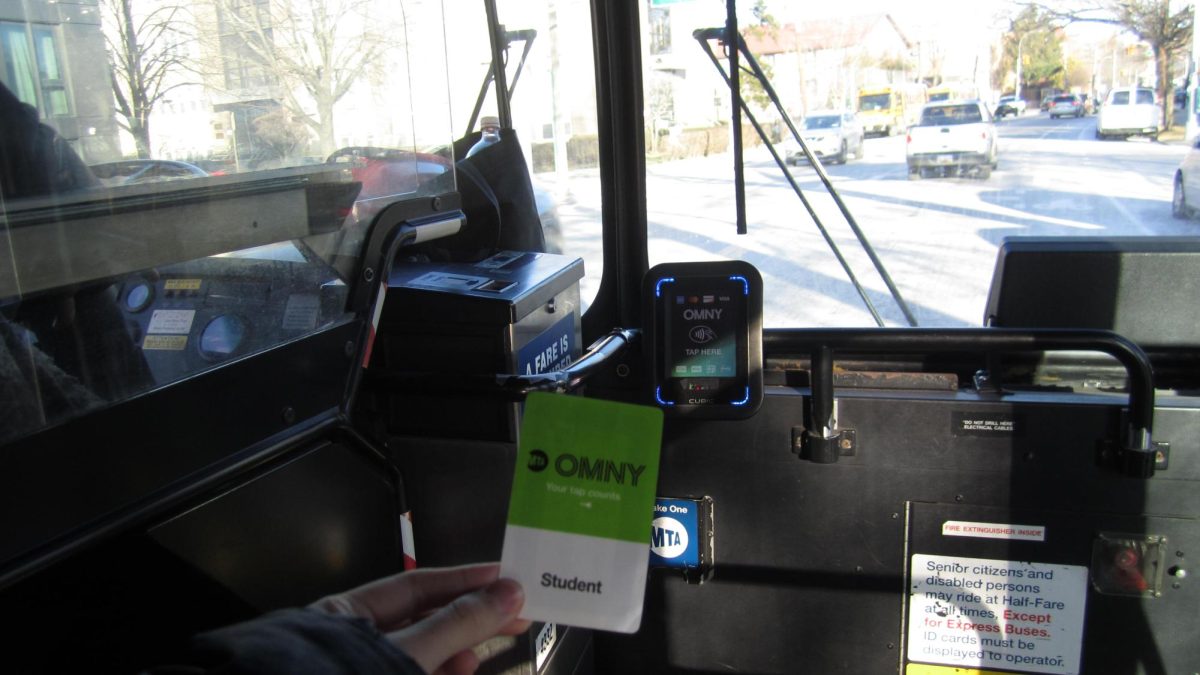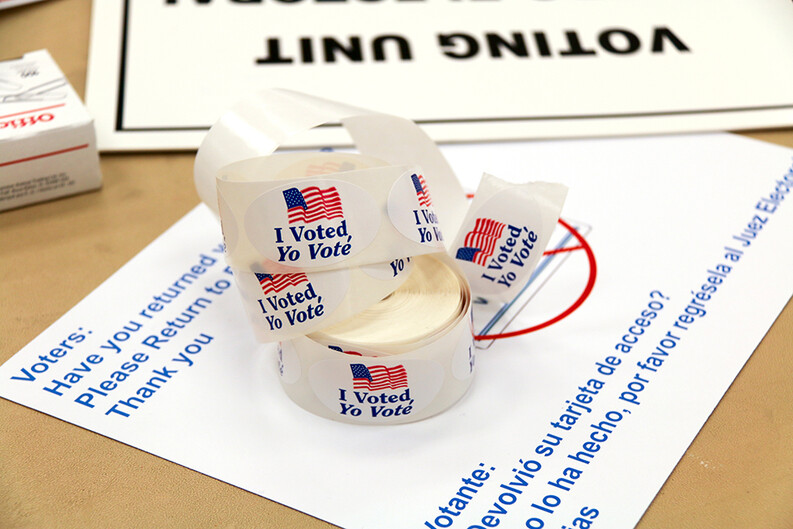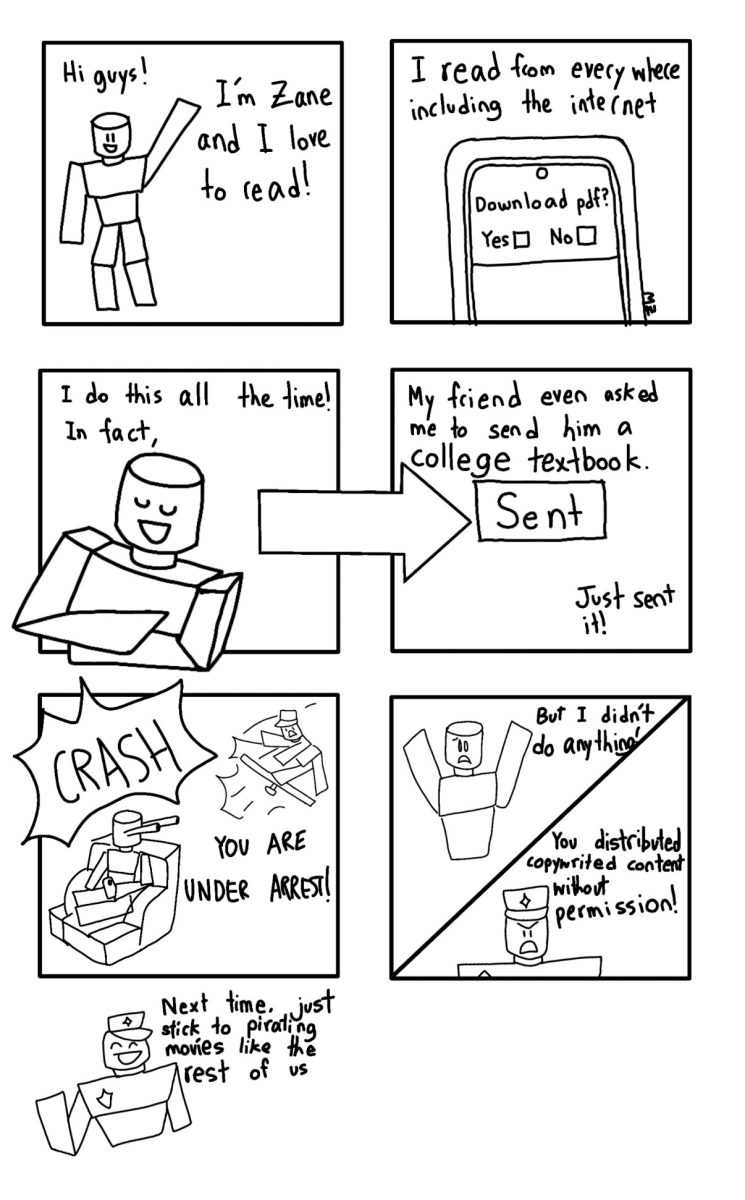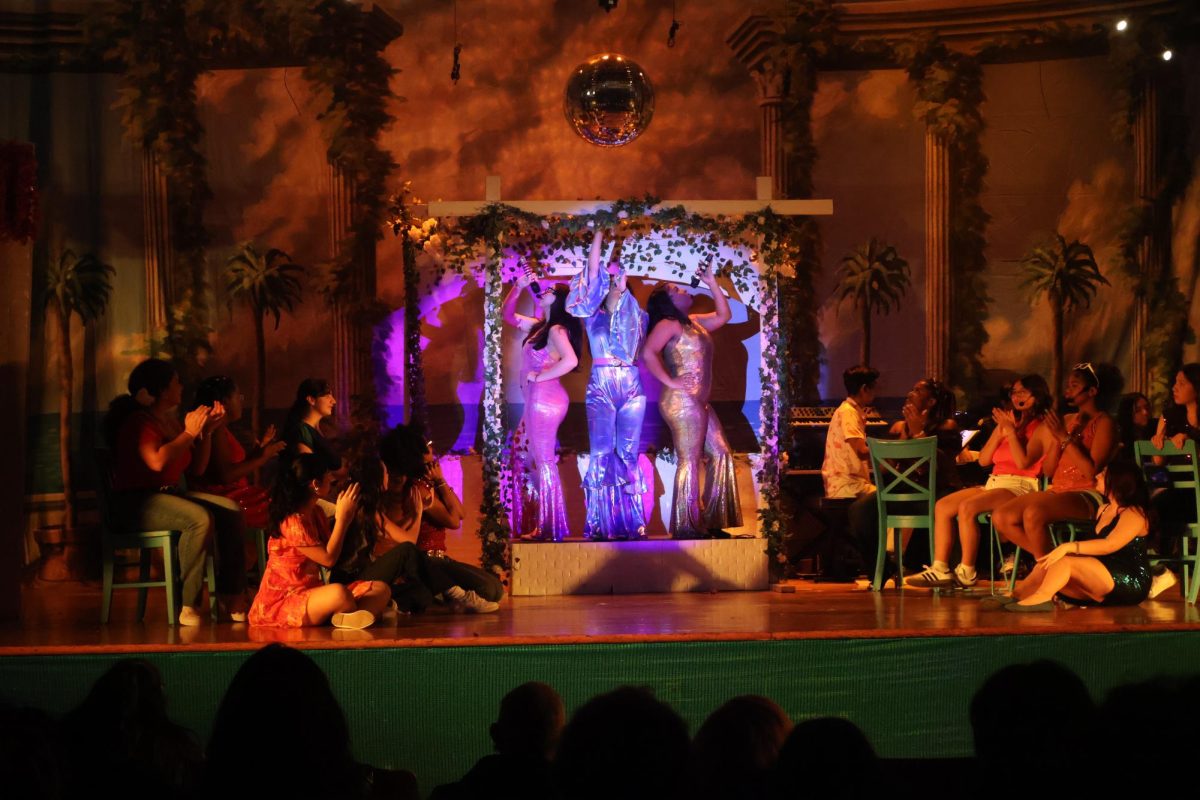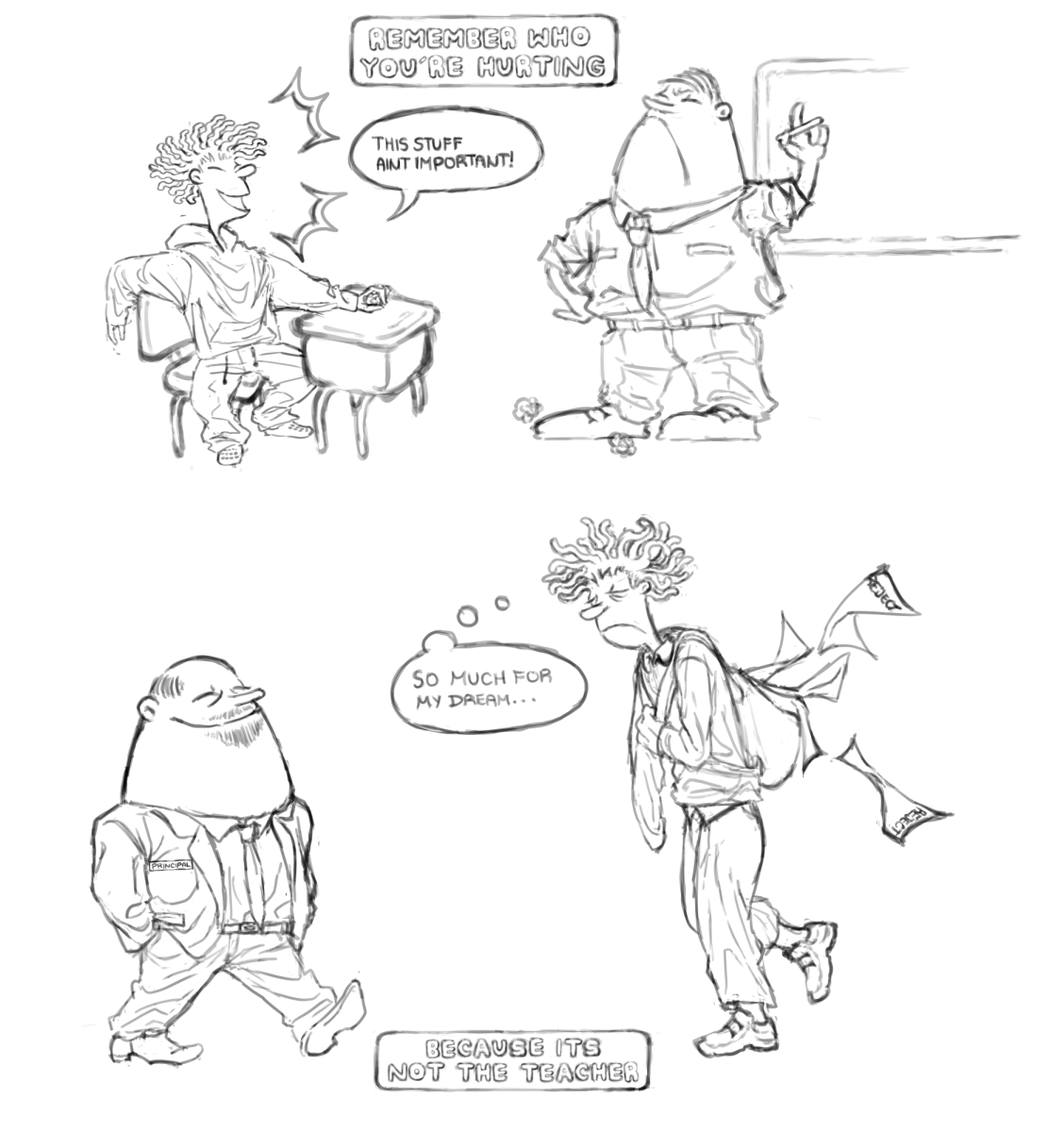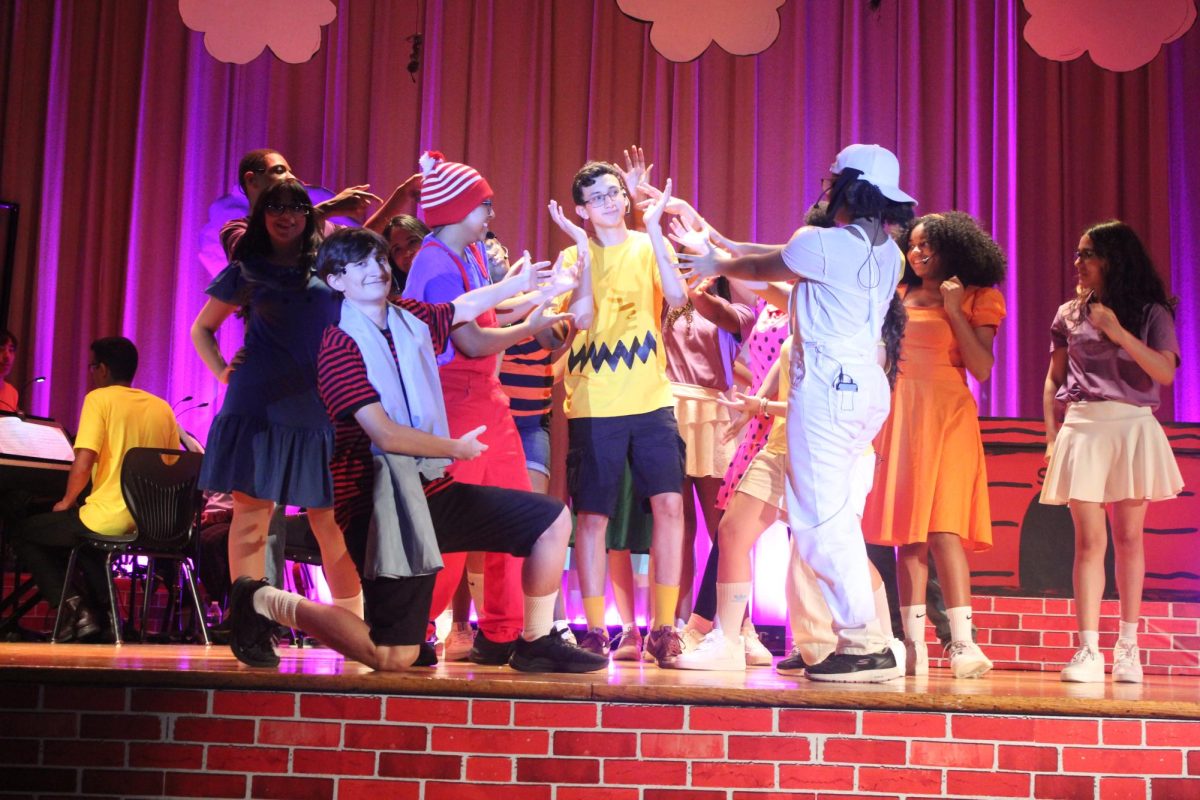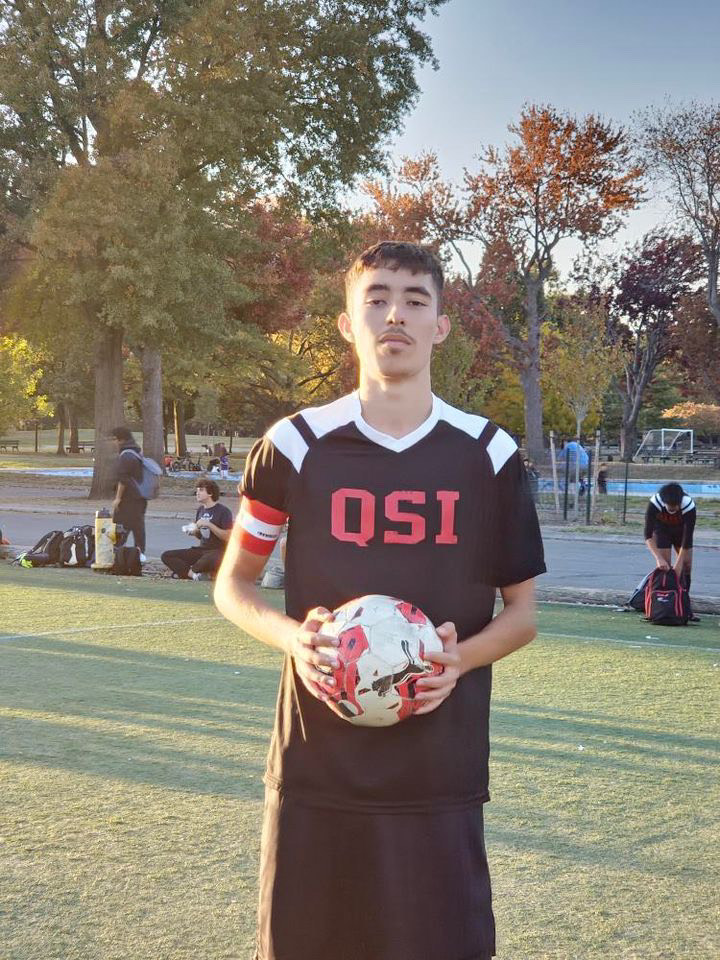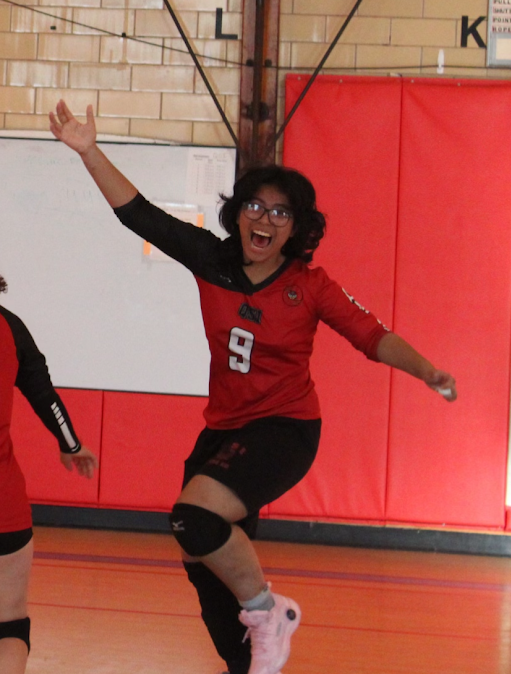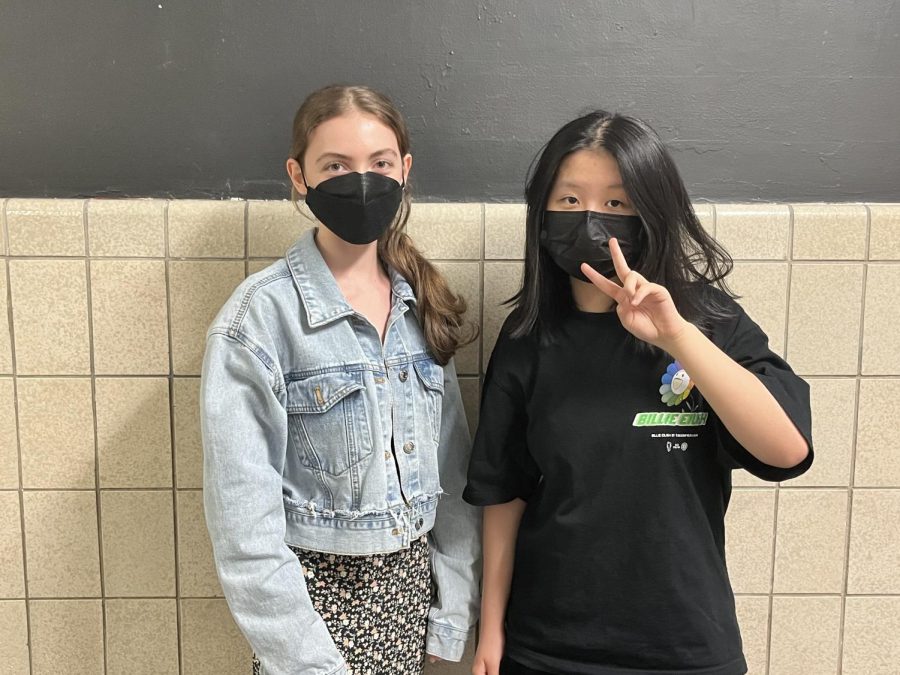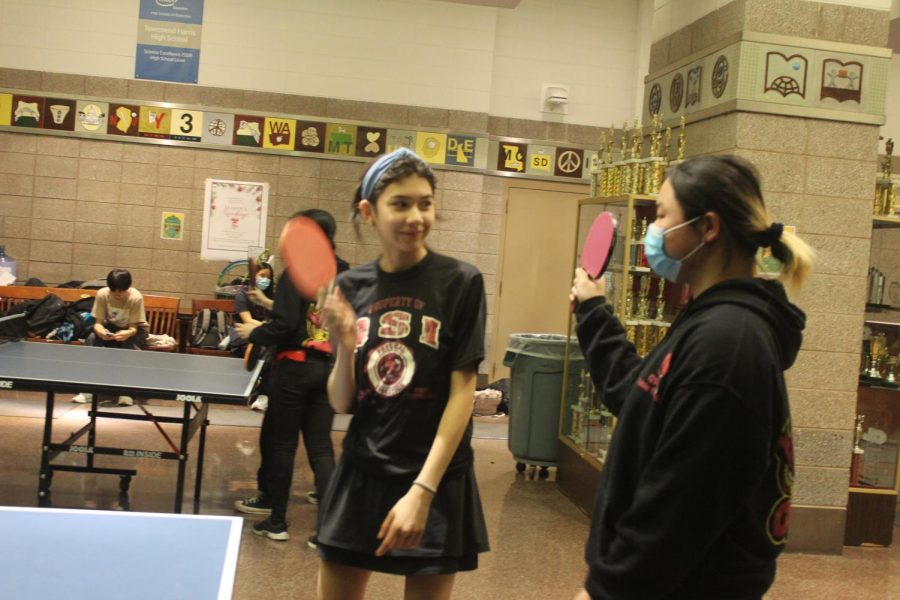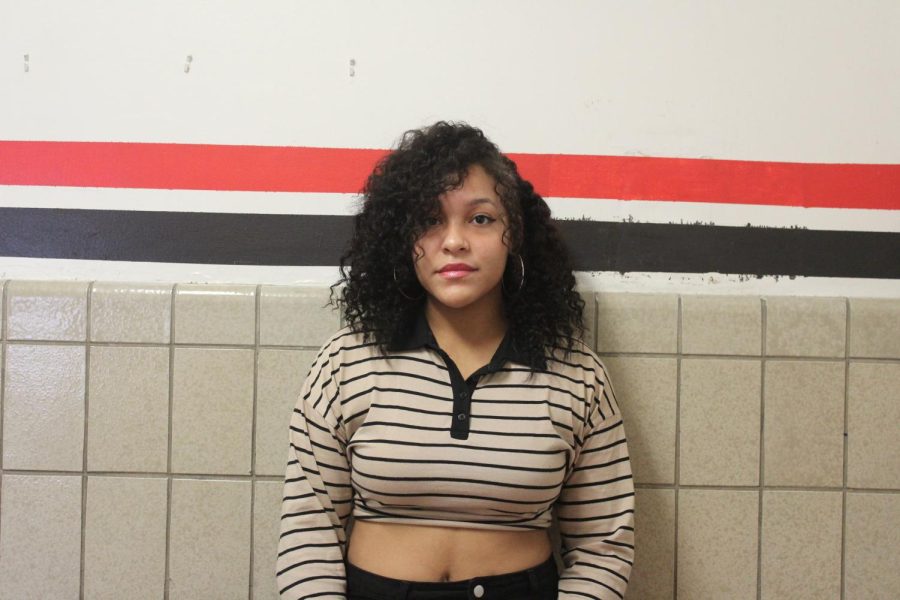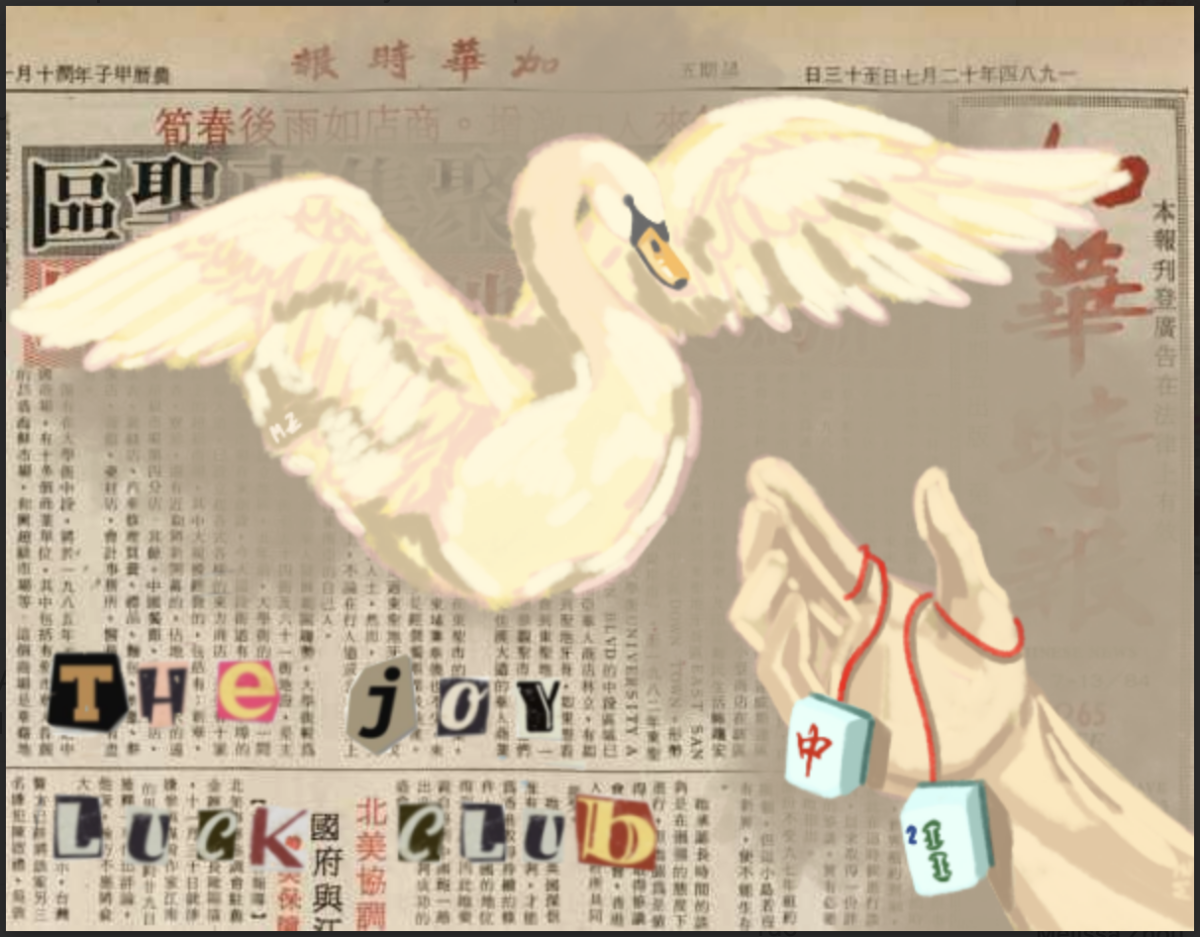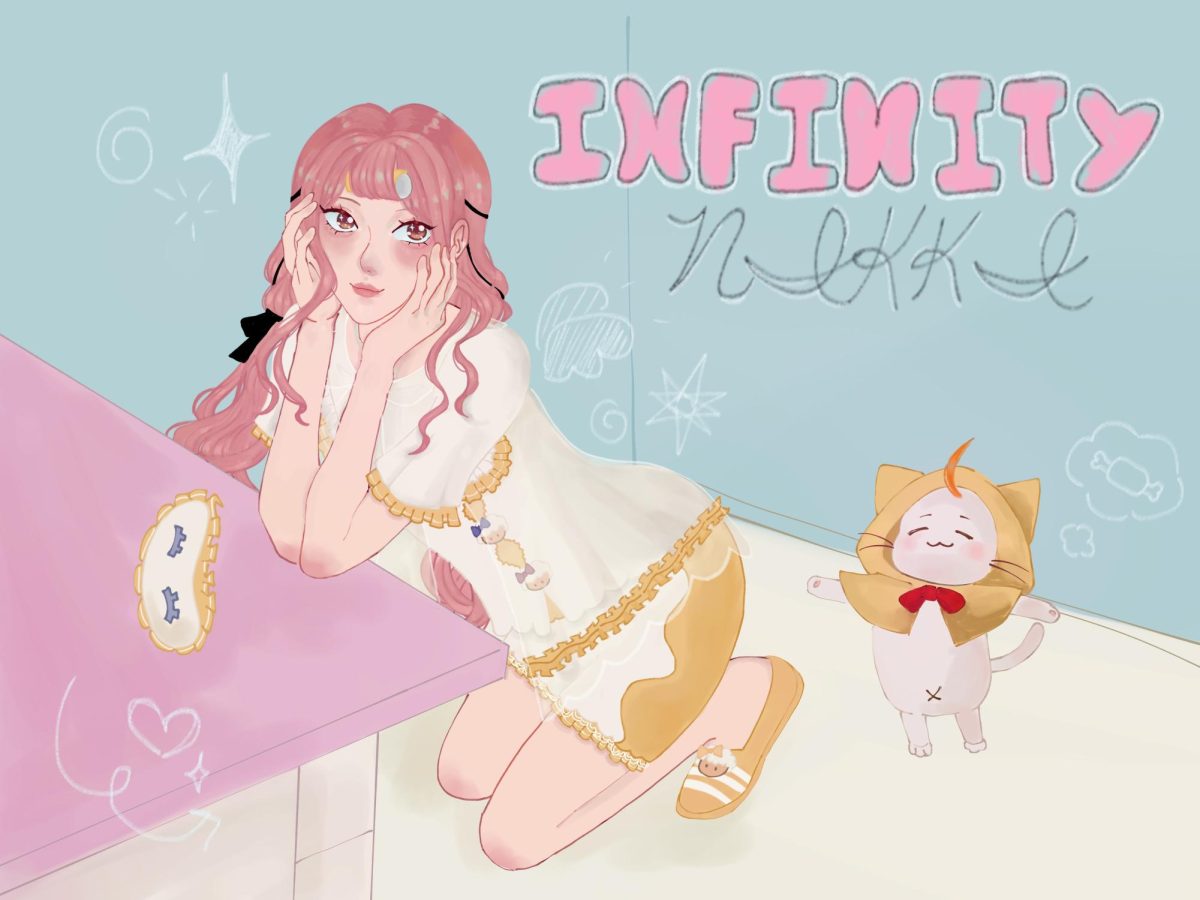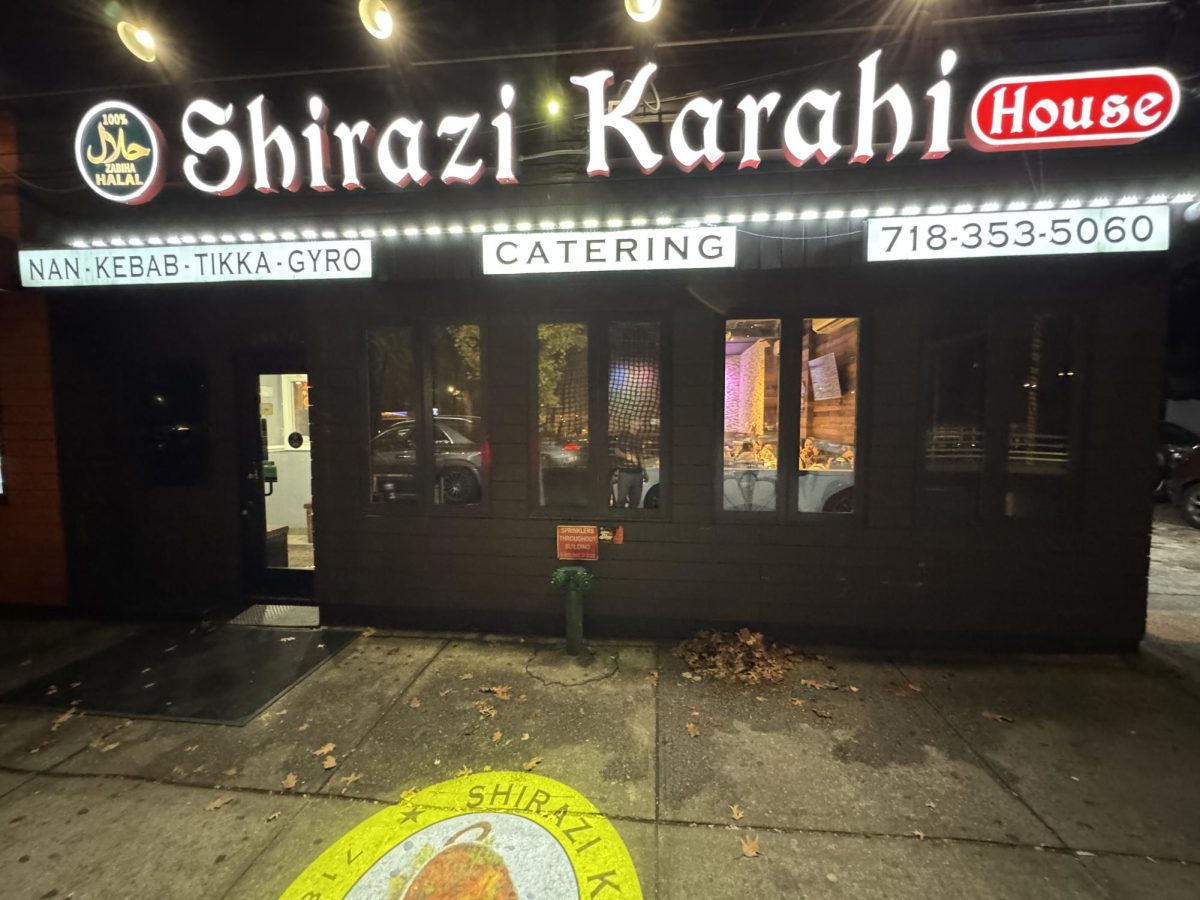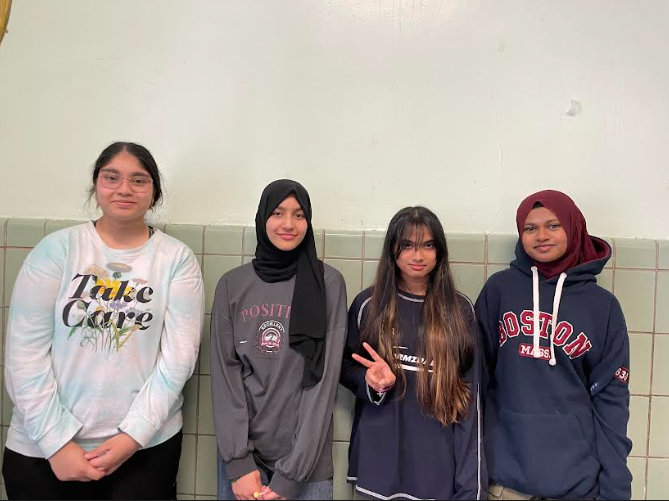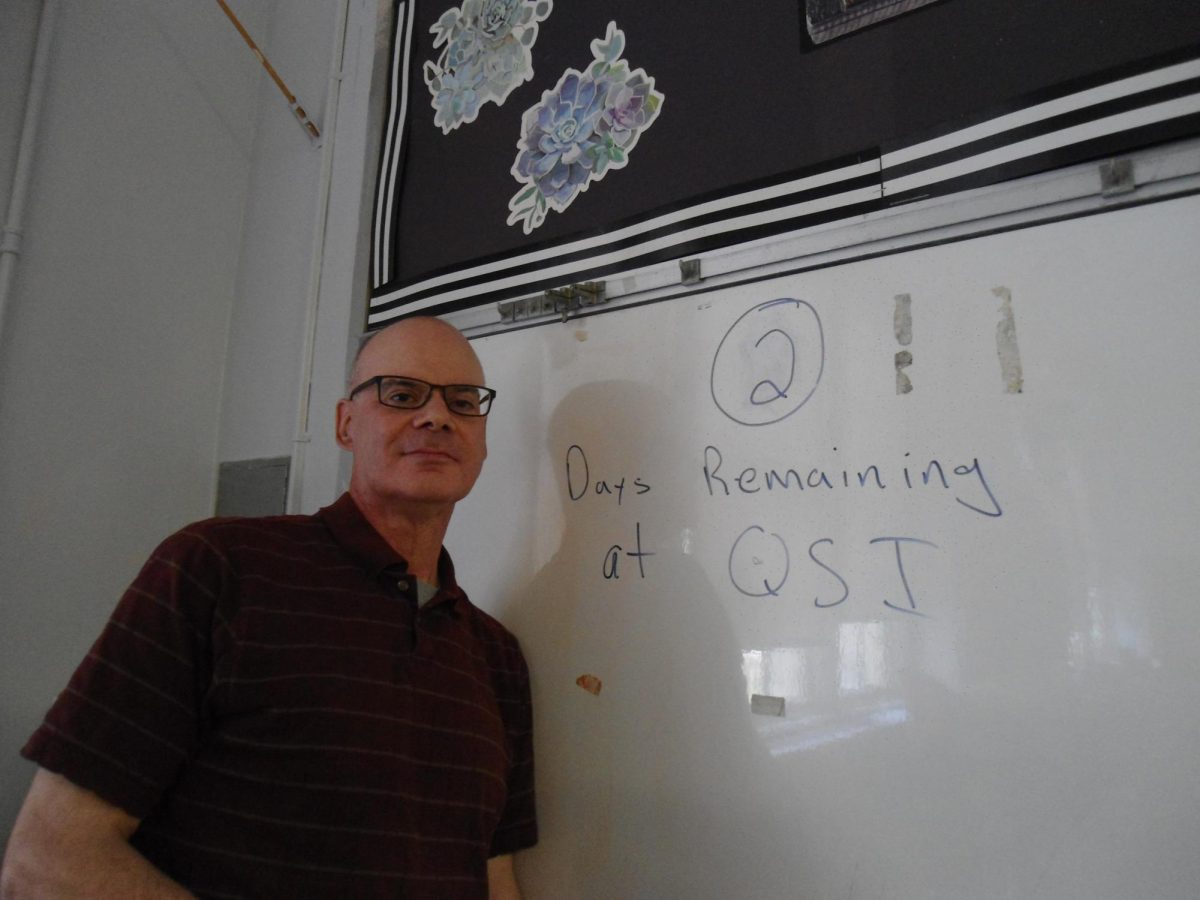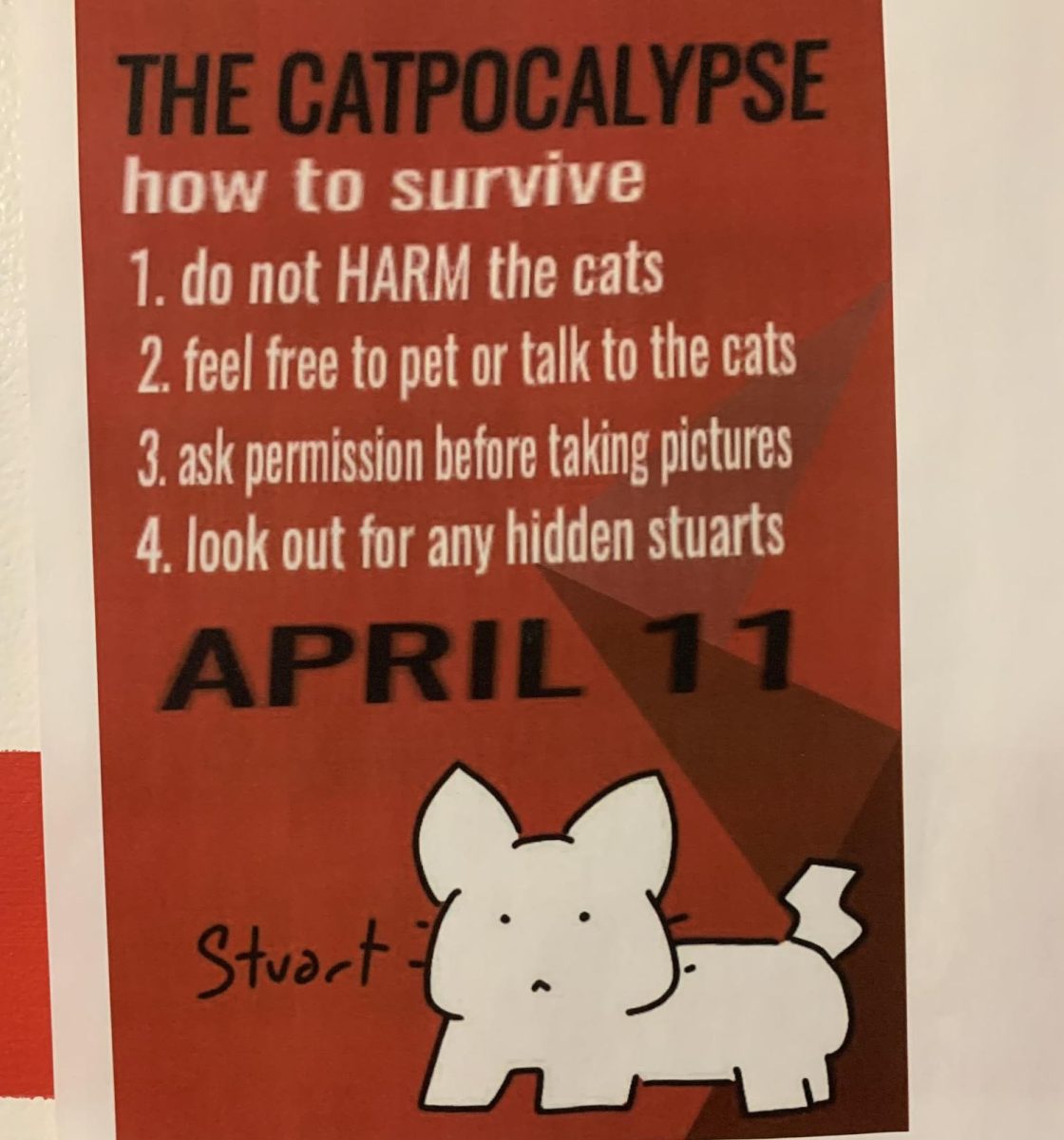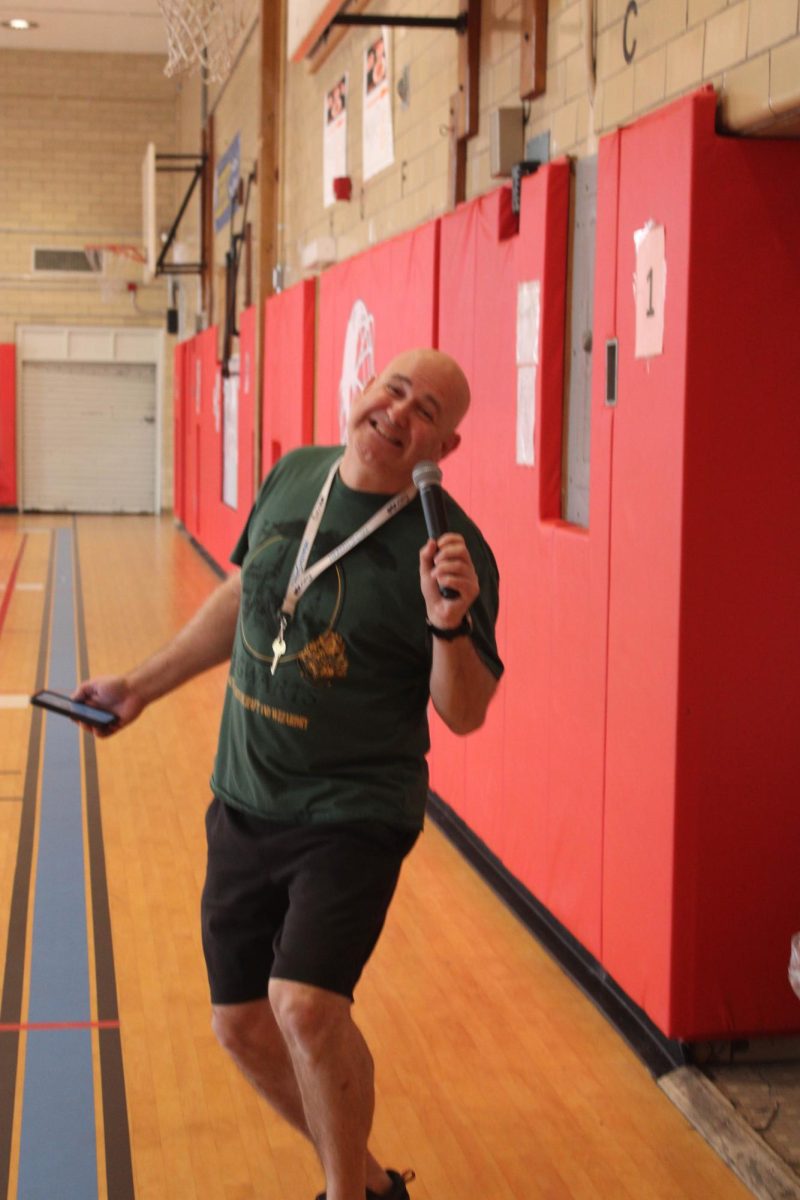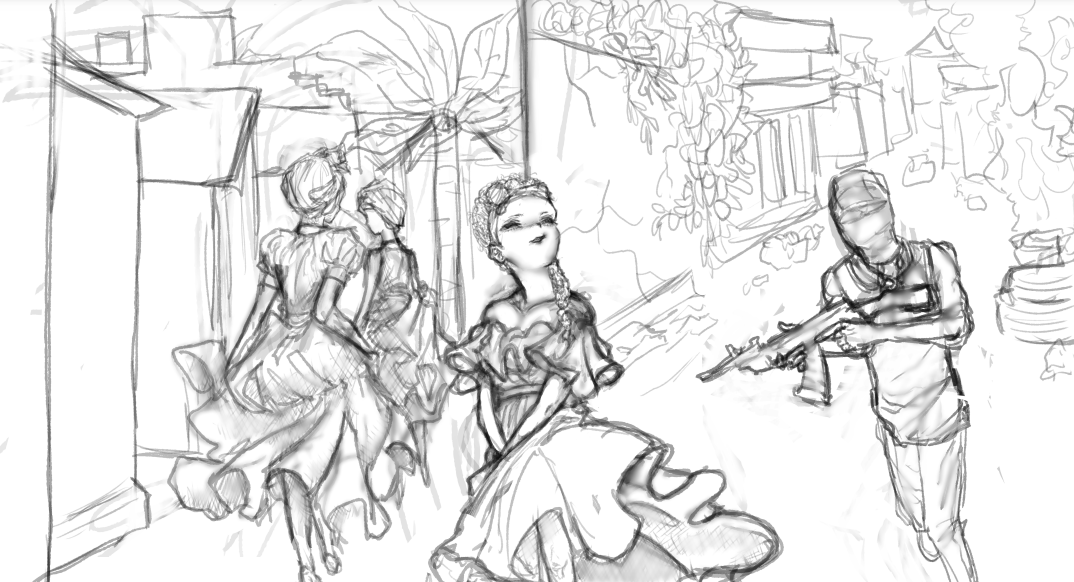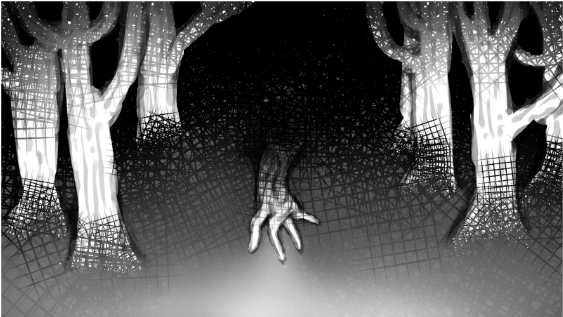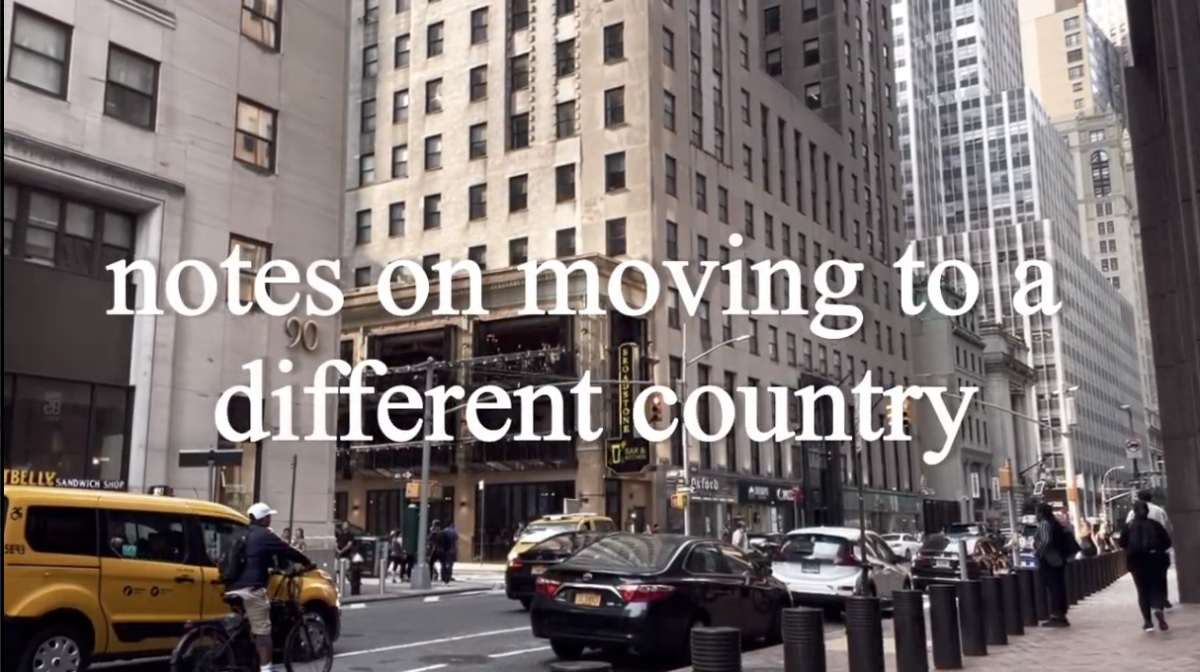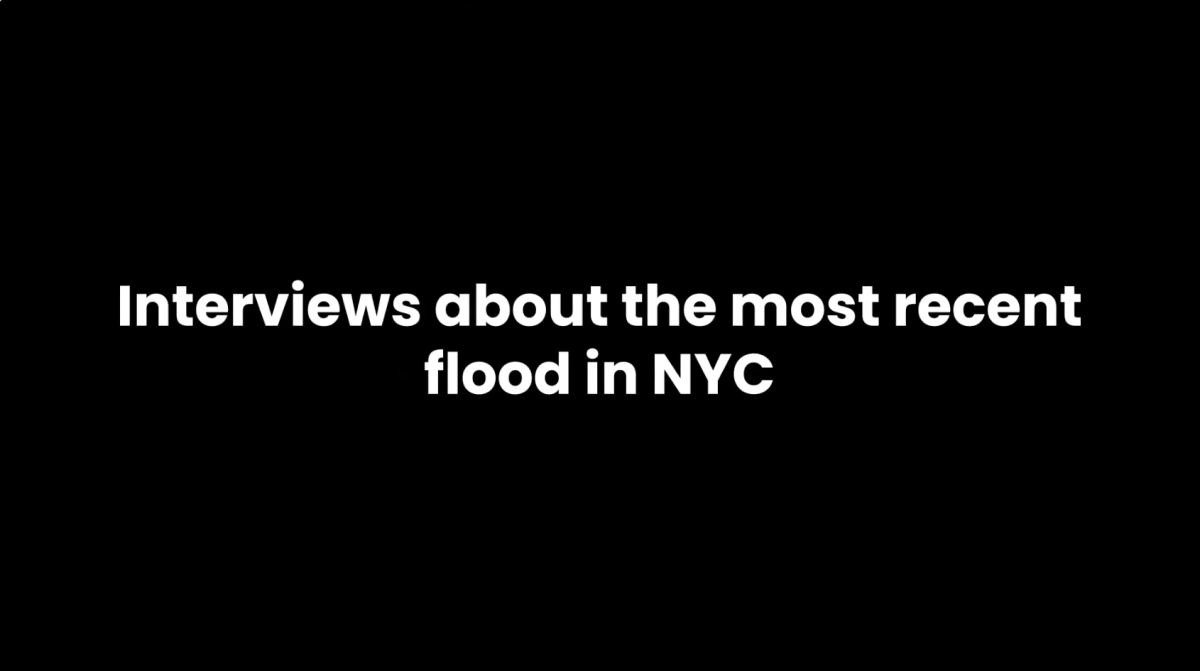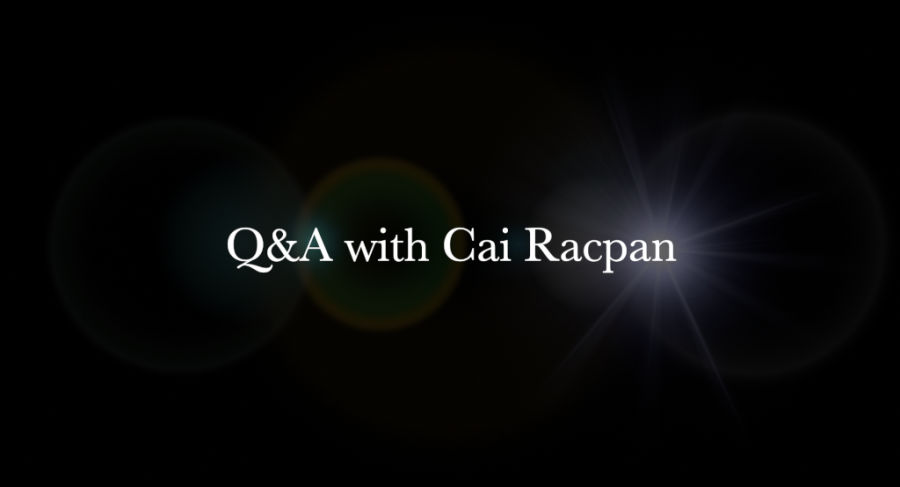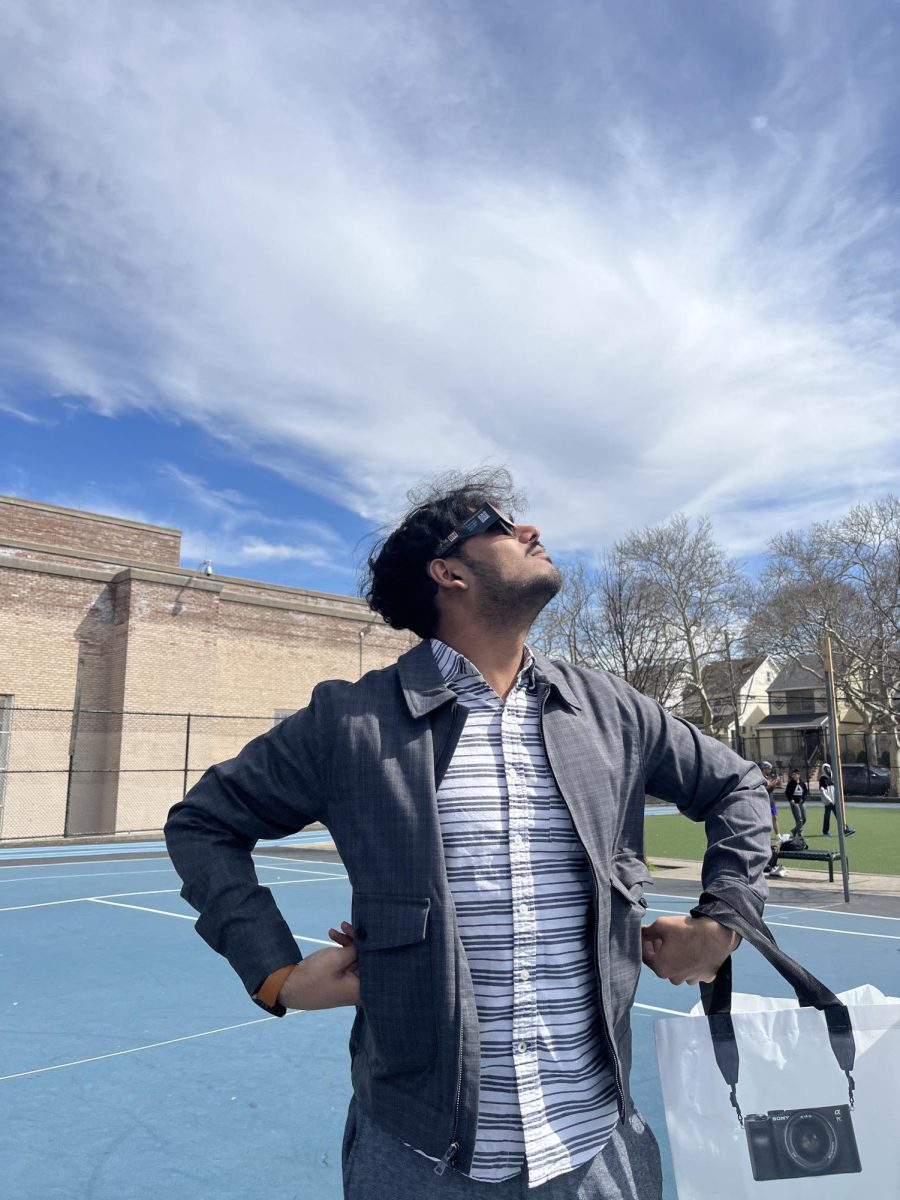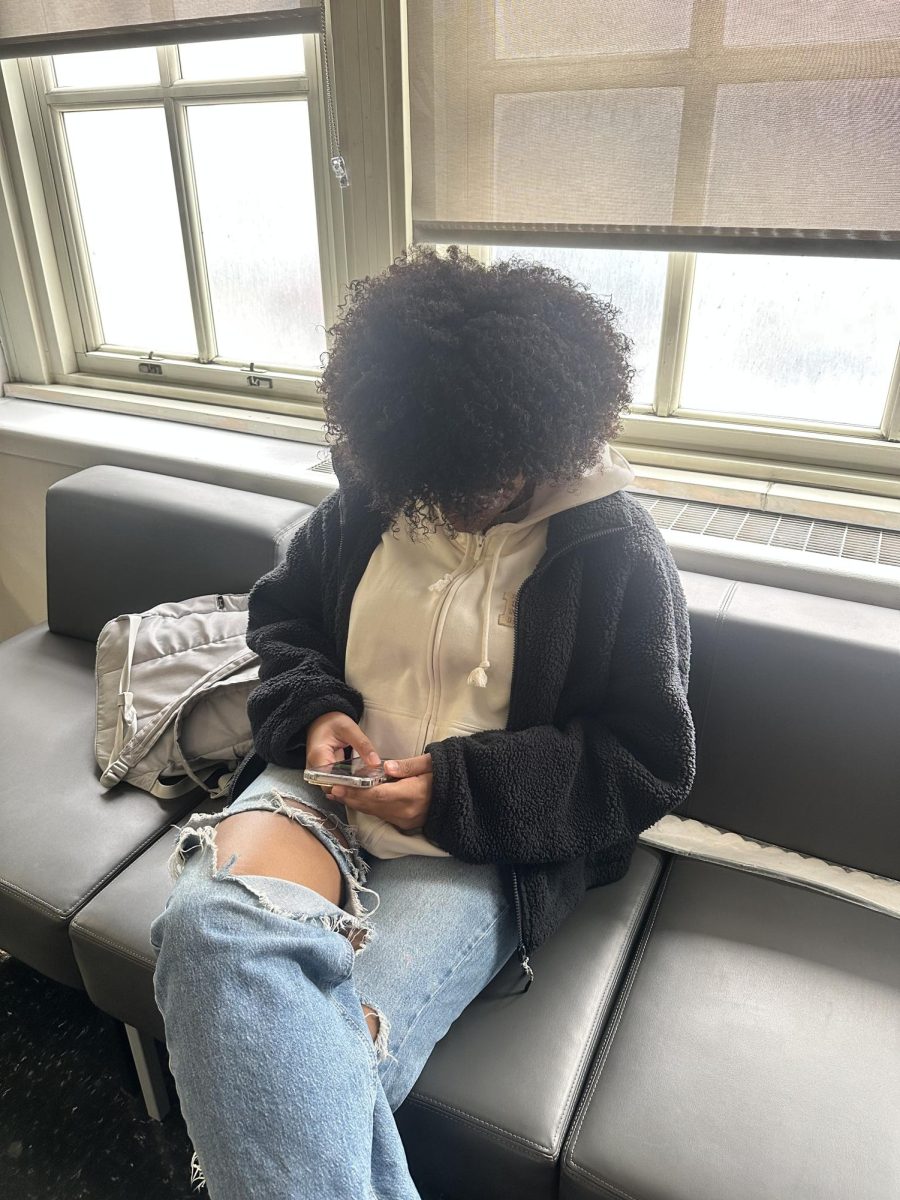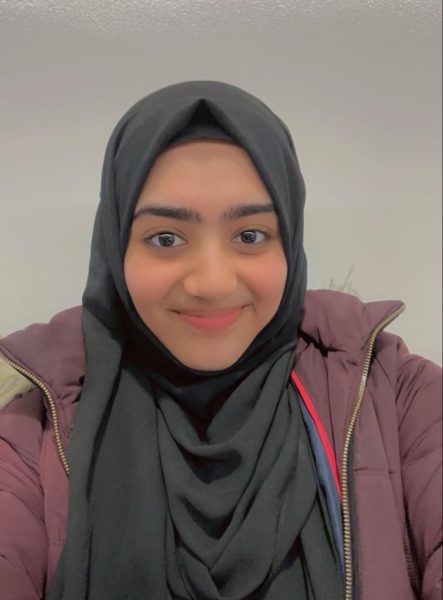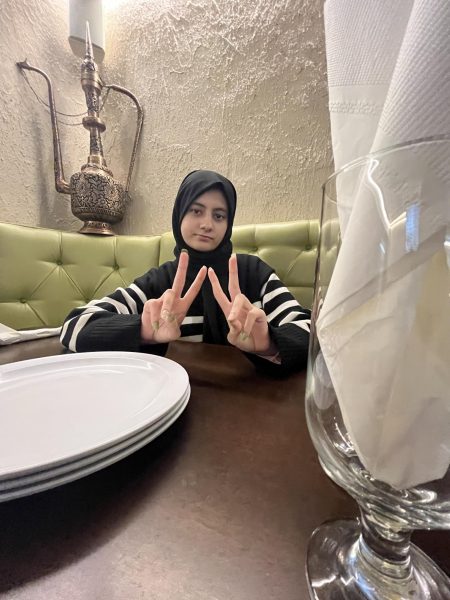On April 8, many students and staff went out to the schoolyard at the beginning of period seven to observe the solar eclipse. There was a feeling of excitement in the air as people spread out across the yard, many wearing solar eclipse glasses.
A total solar eclipse occurs when the moon passes between the sun and Earth and temporarily blocks all of the sun’s light from reaching the Earth’s surface. Some parts of New York would be in the zone of totality, but in Queens it would be about ninety percent.
Several people weren’t sure what they were going to see.
“To be real with you I’m not really sure [what to expect],” said Enian Qosja, a sophomore. “I just want to see the sun getting blocked, I think that’s what I’m gonna see.”
Like Qosja, Humanities teacher Daniel Robertson wasn’t sure what people in Queens would experience.
“I feel like I don’t really know what to expect since we’re not in the total path but I think that it should be really cool to see when most of it [the sun] gets covered later,” said Robertson.
In order to observe a solar eclipse, people have to protect their eyes from damage. The International Organization for Standardization (ISO) has established a standard for “direct observation of the sun” that is categorized as “ISO 12312-2:2015.”
Qosja was worried about the damage that could be done to people’s eyes. He explained that everyone must prioritize wearing appropriate eye protection and wasn’t sure that would happen.
“Some people may be a little bit dumb and look at the sun without glasses so I feel like at least one person in this venue right now will burn their eyes,” Qosja said, while looking up at the sky wearing solar eclipse glasses.
Junior Mathew Salas agreed that people needed to be cautious.
“I know the proper glasses for that would be more than adequate and then after that just don’t look at it for too long, like two minutes and you’ll be fine,” Salas said.
According to the National Environmental Satellite, Data, and Information Service, during a solar eclipse, people can experience changes in the weather, including a drop in temperature, increased humidity and a change in wind direction. In the zone of totality, the temperature can drop up to 14 degrees Fahrenheit. Some students were aware of these possible changes and looking forward to it.
“Right now it feels hotter outside,” said sophomore Lily Callahan. “I want to see if it’s going to get dark outside or not,” she said.
Some teachers wanted to make sure that their students didn’t miss this rare event. Physics teacher Jainam Mehta bought one hundred pairs of ISO-approved solar eclipse glasses for his physics students and took them outside to experience it.
Adam Zaid and Mykiela Huxtable made pinhole cameras with one of their classes. The class spent a period making the pinhole cameras and then Zaid and Huxtable took their students out to the schoolyard to use them.
“It’s a great lesson on light and images and also very safe,” said Zaid.
